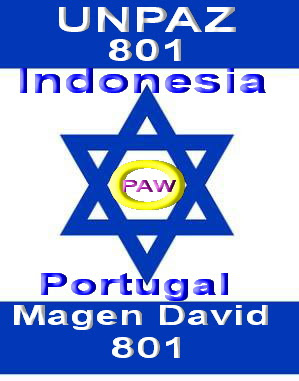The ongoing dispute between Australia and East Timor over maritime boundaries could be resolved in a landmark case underway in the Permanent Court of Arbitration in The Hague.
Key points:
- Disputed territory contains large oil and gas deposits worth an estimated $40 billion
- East Timor believes 2006 treaty should be torn up due to Australian bugging operation during negotiations
- Decision not binding but Australia has indicated it wants a resolution
In April, East Timor triggered compulsory conciliation under the UN's Convention on the Law of the Sea (UNCLOS) over the disputed territory that contains large oil and gas deposits worth an estimated $40 billion.
Australia has refused to negotiate a permanent boundary with East Timor.
Temporary revenue sharing arrangements have been agreed to in treaties signed in 2002 and 2006.
As part of the 2006 Certain Maritime Arrangements in the Timor Sea (CMATS) treaty, East Timor agreed to a clause that put a 50-year hold on negotiating a permanent maritime border.
However, East Timor believes the 2006 treaty should be torn up due to an Australian bugging operation it considers to be illegal.
In 2012, then prime minister Xanana Gusmao discovered that Australian intelligence agents had bugged East Timor's cabinet rooms during negotiations.
Australian Secret Intelligence Service (ASIS) agents had placed listening devices in the walls of the cabinet office, while pretending to be aid workers involved in a renovation project.
The operation saw transcripts of top-secret conversations conducted by East Timor's negotiating team hand-delivered to the Australian negotiating team, giving them an advantage during treaty talks.
A history of treaties in the Timor Sea
- In 1989 Australia and Indonesia signed the Timor Gap Treaty when East Timor was still under Indonesian occupation.
- East Timor was left with no permanent maritime border and Indonesia and Australia got to share the wealth in what was known as the Timor Gap.
- In 2002 East Timor gained independence and the Timor Sea Treaty was signed, but no permanent maritime border was negotiated.
- East Timor has long argued the border should sit halfway between it and Australia, placing most of the Greater Sunrise oil and gas field in their territory.
- In 2004 East Timor started negotiating with Australia again about the border.
- In 2006 the CMATS treaty was signed, but no permanent border was set, and instead it ruled that revenue from the Greater Sunrise oil and gas field would be split evenly between the two countries.
The senior intelligence agent who ran the operation, known as Witness K, was due to give evidence in another international case at The Hague relating to the bugging operation, until Australia seized his passport to prevent him from travelling.
In the compulsory conciliation due to start Monday, the commission does not have the ability to compel Australia to agree to any maritime boundaries that may be prescribed by the court's panel of commissioners.
Australia withdrew from the compulsory dispute settlement procedures under UNCLOS in 2002, just two months before East Timor became independent.
While this means any decision or recommendations in the upcoming conciliation is not binding, the Australian Government is making noises that it wants a resolution to the dispute in the wake of the court's decision.
A statement issued by the Australian embassy in Dilli last Thursday said: "Australia's statement [before the court] will outline Australia's view of the Timor Sea dispute and how it might be resolved."
In a statement to the ABC, Foreign Minister Julie Bishop said: "As with the ruling in the Philippines arbitration case, we consider the decision of the upcoming compulsory conciliation binding on both sides."
This comment could be seen as the Australian Government softening its position on the proceedings, or it could be a sign that it is extremely confident its position will prevail in the commission.
The Australian Government believes the treaties negotiated with East Timor in 2002 and 2006 are consistent with international law.
It is possible the Australian team could argue the commission does not have the jurisdiction to conciliate over the maritime boundaries when only two of the parties are present.
The third party to share a boundary in the Timor Sea is Indonesia, who has already agreed to negotiate maritime boundaries bilaterally with East Timor.
Any decision made inside the Permanent Court of Arbitration over maritime boundaries between Australia and East Timor could have repercussions for the ongoing territorial disputes in the South China Sea.
East Timor is the first country to trigger compulsory conciliation under UNCLOS, and the case could set a precedent that could be applied elsewhere.
http://www.abc.net.au/news/2016-08-28/east-timor-australia-maritime-border-to-be-negotiated-the-hague/7791778




Tidak ada komentar:
Posting Komentar